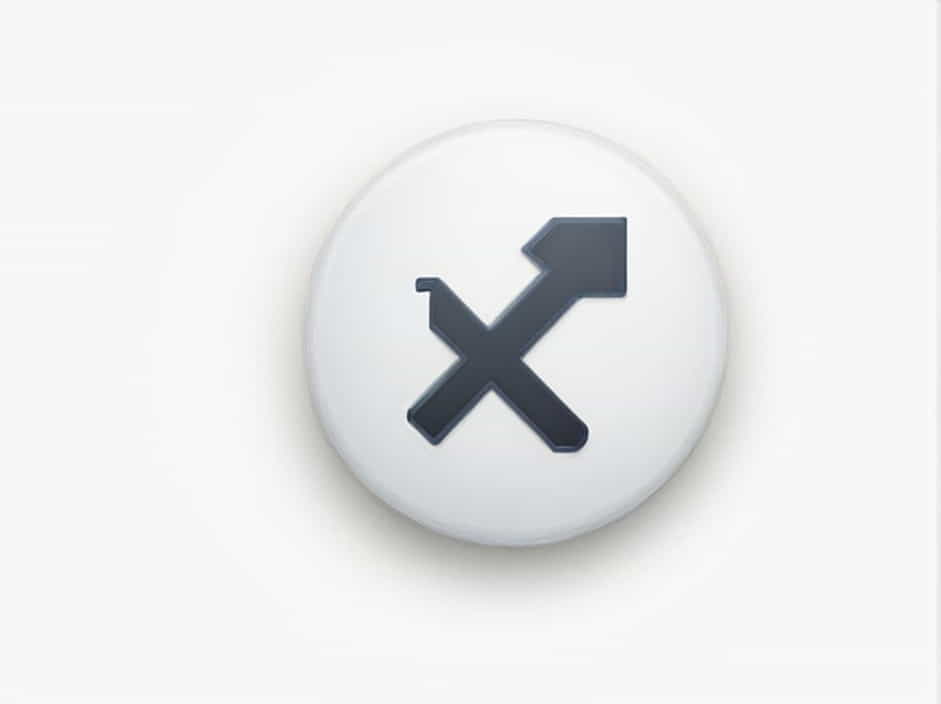A mixed number consists of a whole number and a fraction, while an improper fraction has a numerator larger than its denominator. Converting a mixed number to an improper fraction is essential for solving mathematical problems efficiently.
This guide will explain what mixed numbers and improper fractions are, why conversion is necessary, and how to convert them with step-by-step instructions and examples.
What is a Mixed Number?
A mixed number is a combination of a whole number and a fraction. Examples include:
- 3 ½ (three and one-half)
- 5 ¾ (five and three-fourths)
Mixed numbers are useful for representing quantities in daily life but can be challenging to work with in calculations.
What is an Improper Fraction?
An improper fraction is a fraction where the numerator is greater than or equal to the denominator. Examples include:
- 7/2
- 23/5
Improper fractions are easier to use in multiplication and division, making them more convenient for mathematical computations.
Why Convert a Mixed Number to an Improper Fraction?
Converting mixed numbers to improper fractions is important because:
- Simplifies calculations in algebra, geometry, and other mathematical operations.
- Makes it easier to compare fractions and perform operations like addition, subtraction, multiplication, and division.
- Required in certain equations where fractions need to be in one form for simplification.
Step-by-Step Guide to Converting a Mixed Number to an Improper Fraction
Step 1: Multiply the Whole Number by the Denominator
Take the whole number part of the mixed number and multiply it by the denominator of the fraction.
Example: Convert 3 ½ to an improper fraction.
- Whole number = 3
- Fraction = ½
- Multiply: 3 × 2 = 6
Step 2: Add the Numerator
Add the result from Step 1 to the numerator of the fraction.
- Numerator of fraction = 1
- New numerator = 6 + 1 = 7
Step 3: Keep the Same Denominator
The denominator of the mixed number remains the same.
Thus, 3 ½ = 7/2 as an improper fraction.
More Examples
Example 1: Convert 5 ¾ to an Improper Fraction
- Multiply the whole number by the denominator: 5 × 4 = 20
- Add the numerator: 20 + 3 = 23
- Keep the denominator the same: 23/4
So, 5 ¾ = 23/4.
Example 2: Convert 7 ⅖ to an Improper Fraction
- Multiply: 7 × 5 = 35
- Add numerator: 35 + 2 = 37
- Keep the denominator: 37/5
So, 7 ⅖ = 37/5.
Converting Improper Fractions Back to Mixed Numbers
If you need to convert an improper fraction back to a mixed number, follow these steps:
- Divide the numerator by the denominator.
- Write the quotient as the whole number.
- Use the remainder as the new numerator.
Example: Convert 17/3 to a Mixed Number
- Divide: 17 ÷ 3 = 5 remainder 2
- Whole number = 5
- New fraction = 2/3
Thus, 17/3 = 5 ⅔.
Common Mistakes to Avoid
- Forgetting to add the numerator after multiplying the whole number and denominator.
- Changing the denominator when converting (it should stay the same).
- Misplacing numbers during multiplication and addition.
Converting mixed numbers to improper fractions is a fundamental skill in mathematics. By following the multiply, add, and keep the denominator method, anyone can easily switch between these forms and simplify their calculations.
